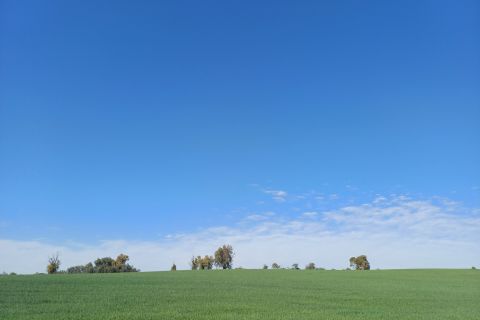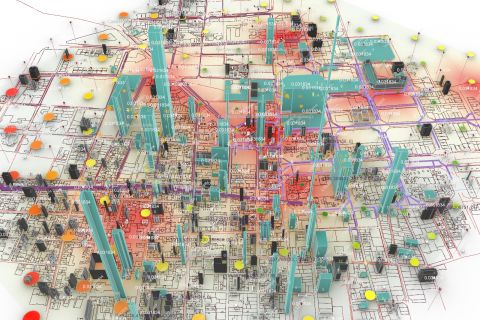Bezalel News
חדשות בצלאל
أخبار بتسلئيل
Ynet | Where Will the Evacuees Live When All this is Over?
Following the devastating terror attack by Hamas on the communities of the Western Negev and the area surrounding the Gaza strip on the 7th of October, 2023, and the ongoing war between Israel and Hamas, residents of those communities were evacuated. The prospect of returning to their homes is uncertain, as some 150 thousand people have no home to return to.
Lecturers at the School of Architecture at Bezalel Academy of Arts and Design Jerusalem immediately understood the imperative of rehabilitation and repair through architecture. The basic human need for shelter and having a home is at the root of having a vision of a sustainable future for the people and families evacuated from a war zone following a terror attack.
The first step towards this vision of rehabilitation and repair is creating an academic knowledge base that can and will be implemented when the time comes to rehome the evacuated communities. This knowledge base started as a series of flash lectures known as Embrace.Retrace and has since developed into an architectural and design work groups, each one focusing on different aspects of architecture and design in war, emergency, and the once the dust has settled. Alongside this knowledge base and work group, a steering committee made up of members from the Israeli Green Building Council, the Israeli Association of Landscape Architects, and Bezalel's School of Architecture, all of whom want to learn from the history of previous rehomes and resettlements and make practical application for housing evacuees inspired by other war and disaster zones.
Prof. Arch. Els Verbakel, Head of the School of Architecture, also emphasizes the importance of community when it comes to architectural design in the face of disaster. "Along with the physical space, what needs to be rehabilitated is the imagination and thr vision of the people and the country who have undergone a trauma. And so, the community must be the highest priority. Every community that has been harmed is different when it comes to its shared values, its needs, its hopes and ambitions. When rebuilding we mustn't go back and recreate what was there, but rather seek to do it better. Learn from what had been, learn from what is, but also learn from what can be and bring the residents into the conversation. Using the tools in our arsenal we hope to imagine and present what can be built in the day after."
You can read more about Arch. Els Verbakel's ideas in this
Ynet article (Hebrew).






